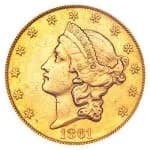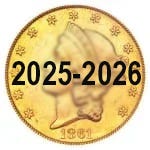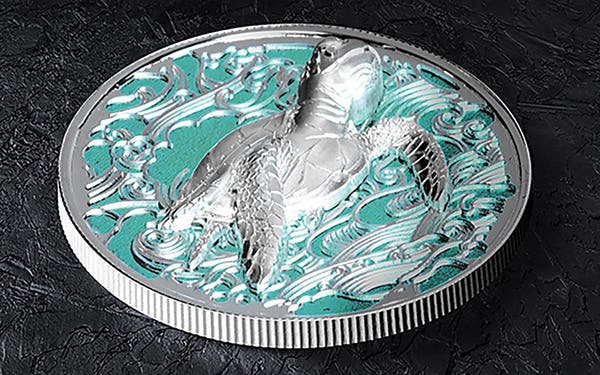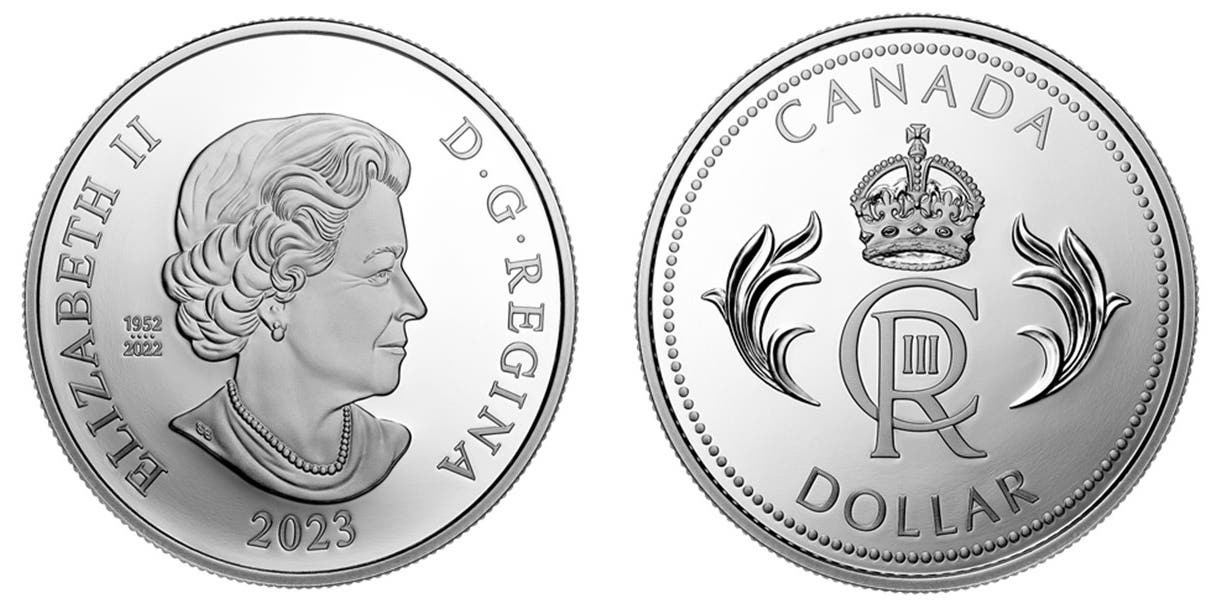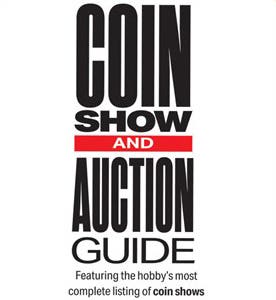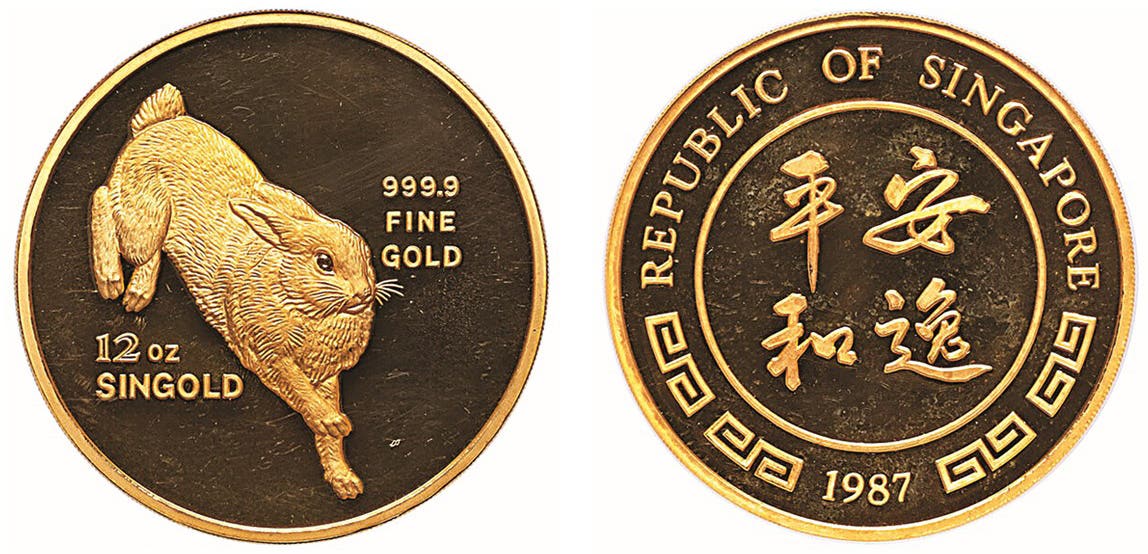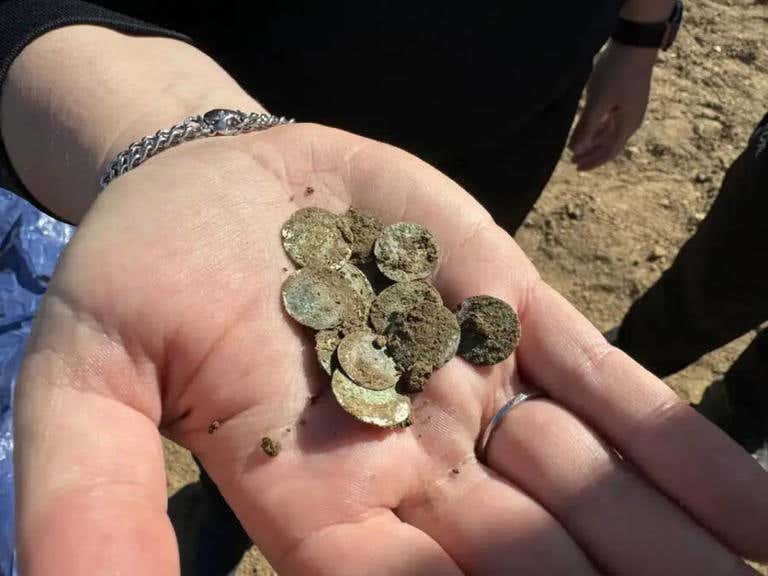The Lasting Legacy of the Roman Denarius
Money has sometimes been called the footprints of history. In the case of the ancient Roman denarius, that is certainly true. This monetary unit’s name was derived from the Latin…
Money has sometimes been called the footprints of history. In the case of the ancient Roman denarius, that is certainly true.
This monetary unit’s name was derived from the Latin term “deni” which means “containing ten.” The denarius denomination was introduced in 211 B.C. during Rome’s Second Punic War. It was initially established as the value of 10 bronze asses, though the relative scarcity of silver to copper led the denarius being revalued to 16 asses about 141 B.C.
Initially, the denarius weighed an average of 4.5 grams of high purity silver (95-98%), equal to 1/72 of a Roman pound. For more than 150 years, its weight and purity stayed relatively constant. Toward the end of the Roman Republican/beginning of the Roman Imperatorial era, the weight started to decline.
When Octavian formed the Roman Empire and became Emperor Augustus (27 B.C.-14 A.D.), he reformed the monetary system. The weight the denarius was reduced to 3.9 grams of high purity silver, which was about 1/84 of a Roman Pound. Emperor Nero (54-68 A.D.) devalued the denarius again to 1/96 of a Roman Pound, weighing about 3.41 grams of silver, where the silver purity was also reduced to 94.5%.
Thereafter the silver purity was repeatedly debased. By mid-Second Century A.D. the purity was down to 83.5%. In 212 A.D. Emperor Caracalla (198-217 A.D.) reduced the gross weight about 10%, with the silver purity headed down towards 50%. Production of the denarius for circulation ended during the reign of Emperor Gordian III (238-244 A.D.). Subsequent Roman silver coinage in the Third Century A.D. rapidly lost silver purity, getting as low as 2%. Eventually, those coins were pretty much made of base metals with a silver wash on the exterior.
The denarius denomination was revived in France during the reign of Carolingian king Pepin the Short (751-768 A.D.) The novus denarius was struck at the rate of 240 coins per pound of weight. It was generically referred to as a penny or denier. The silver content remained relatively constant for about three centuries, during which time this coin became the dominant trading coin in Western Europe.
Late in the Eighth Century, silver pennies went into production in England. The official value was 240 pennies to the pound, or one pennyweight of 24 grains of silver, even though the actual silver content was only 22.5 grains. The “pound” unit was adopted as a monetary unit by the English, equal to 20 shillings (where a shilling was set as equal to 12 pennies) or 240 pence.
By 1100 A.D., the silver pennies started suffering debasement, with lower weights and silver purities. New silver coinage with different denominations eventually displaced the penny, which deteriorated eventually to a copper composition. Today U.S. cents are only made of copper-coated zinc.
Meanwhile, in the rise of the Arabian Empire, the gold coin was given the denomination of dinar, a term derived from denarius.
The influence of the Roman denarius denomination still pervades everyday life in many parts of the world, whether people realize it or not. Today, the nation of North Macedonia uses a denomination called the denar. The dinar is the monetary unit in the nations of Algeria, Bahrain, Iraq, Jordan, Kuwait, Libya, Serbia, and Tunisia. In the United Kingdom, the abbreviation for penny has always been the letter “d,” which also traces back to the denarius.
In multiple languages today, the word for money descends from the denarius. In Italian, the world is denaro; in Portuguese it is dinheiro: in Slovene it is denar; and in Spanish, the term is dinero.
The denarius also has a residual reference in hardware. If you look to purchase nails, you can see the sizes referred to by “penny” or by the letter “d.” Thus, a 16d nail is 3” long, or is called a 16-penny nail. This reference to the “d” in modern nails traces its roots all the way back to the Roman denarius.
Perhaps the worst legacy of the Roman denarius was the trend of governments to debase the value of the circulating coinage over time. Unfortunately, the rate of depreciation in modern forms of money takes place in decades or years, not over centuries.
Patrick A. Heller was the American Numismatic Association 2018 Glenn Smedley Memorial Service Award, 2017 Exemplary Service Award 2012 Harry Forman Dealer of the Year Award, and 2008 Presidential Award winner. He was also honored by the Numismatic Literary Guild in 2017 and 2016 for the Best Dealer-Published Magazine/Newspaper and for Best Radio Report. He is the communications officer of Liberty Coin Service in Lansing, Michigan and writes Liberty’s Outlook, a monthly newsletter on rare coins and precious metals subjects. Past newsletter issues can be viewed at http://www.libertycoinservice.com. Some of his radio commentaries titled “Things You ‘Know’ That Just Aren’t So, And Important News You Need To Know” can be heard at 8:45 AM Wednesday and Friday mornings on 1320-AM WILS in Lansing (which streams live and becomes part of the audio and text archives posted at http://www.1320wils.com).
